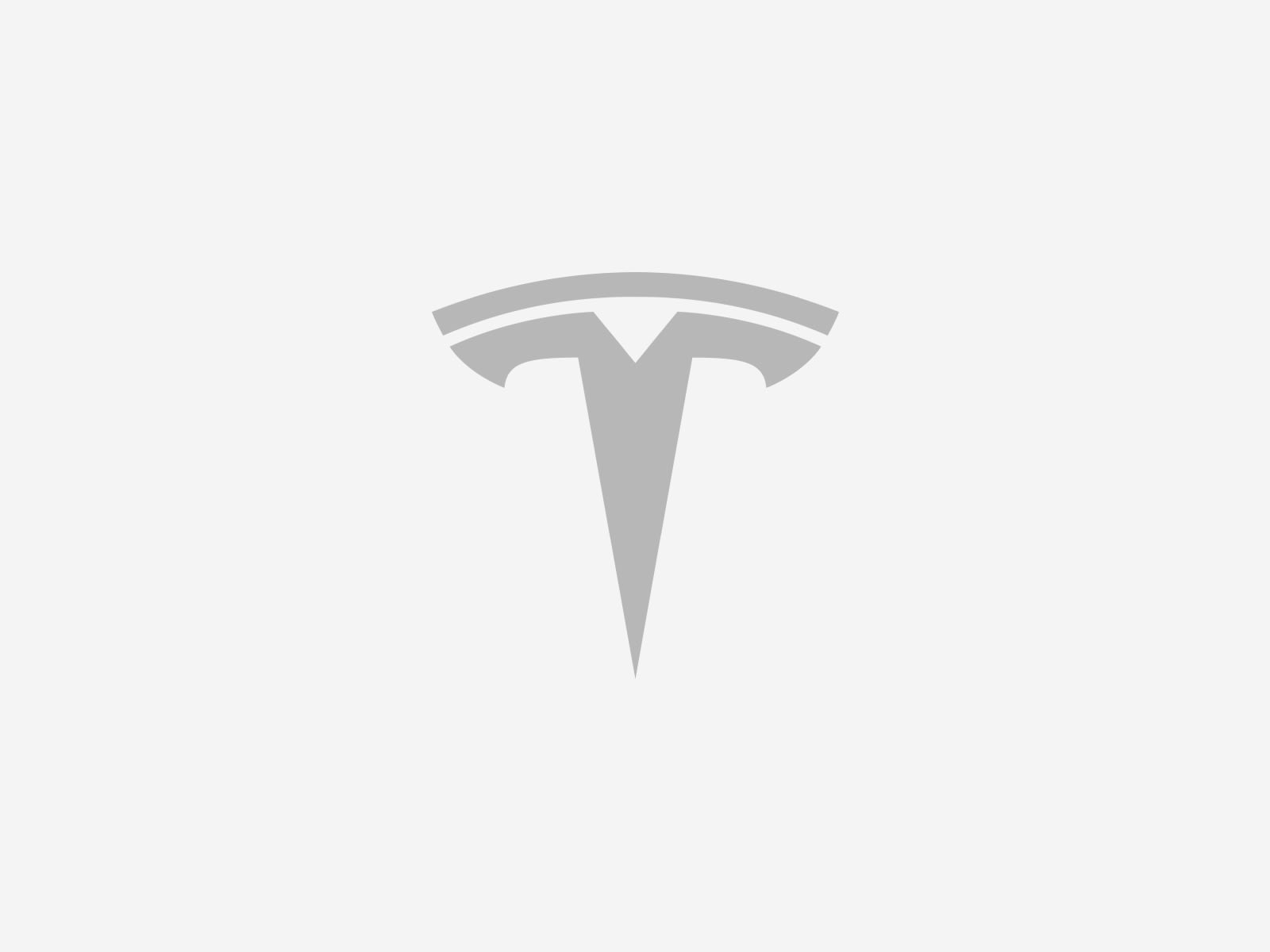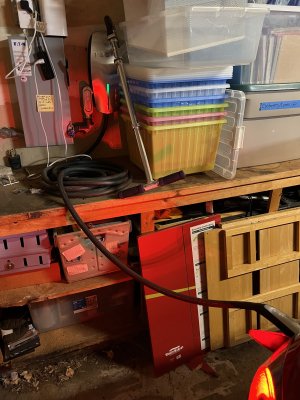- Posts
- 5,340
- Reaction score
- 8,538
That was caused by either the floor mats causing the pedal to get stuck or the gas pedal itself being sticky.
No fault in the software causing unintended acceleration. And every case accusing that their Tesla accelerated out of control have been proven bunk too.
At least once a week i get in my tesla and the radio doesn’t work. Sometimes I have to call tesla to have them remotely fix it, and other times it starts working again after 24 hours. Almost every day my “favorites” are missing unless I tap dance on the screen to make them come back.
If tesla can’t write software that can make a radio work, I don’t trust them to write software that won’t crash me into the medium at the 85/101 interchange in Mountain View.



